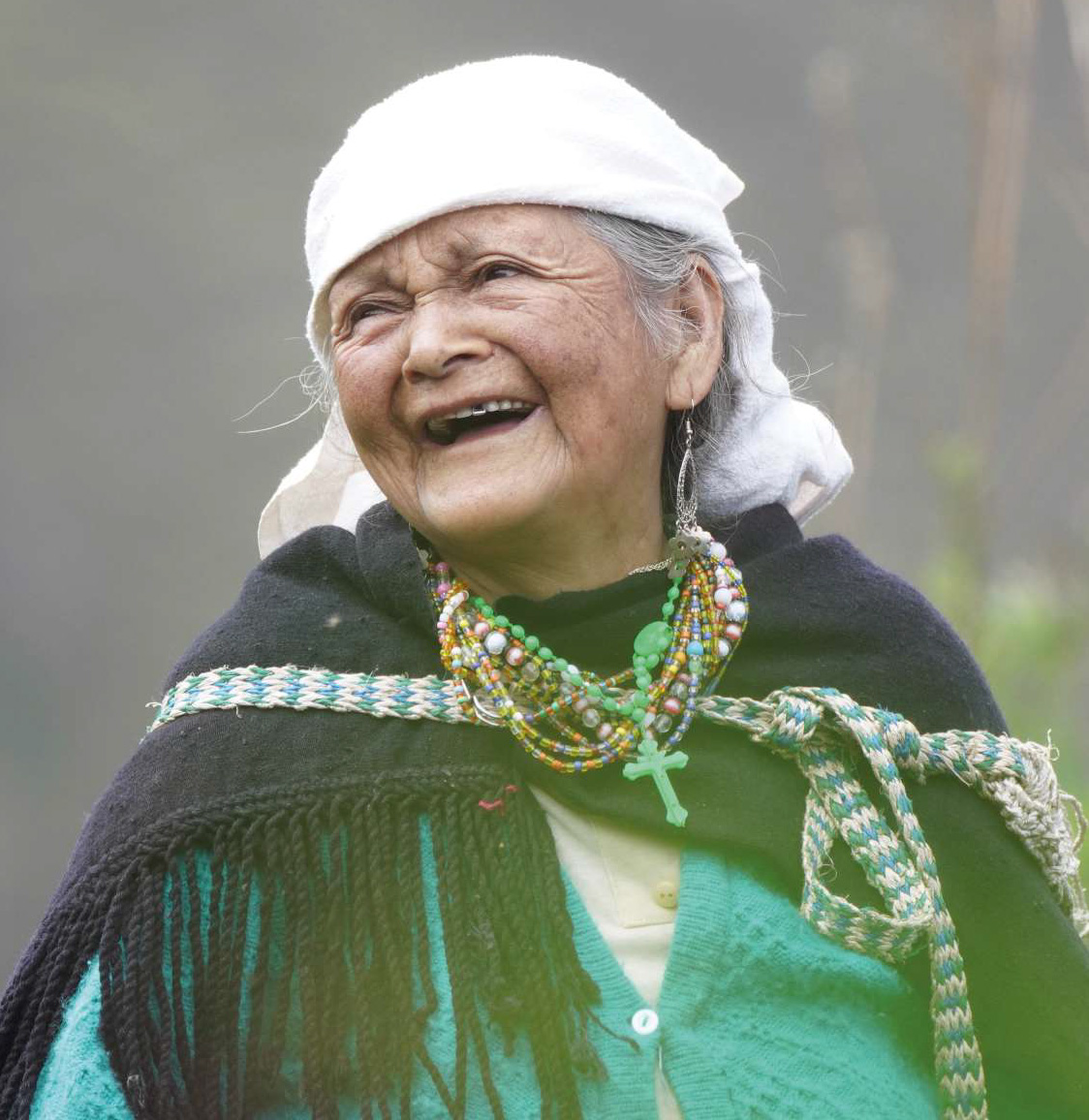Amazonas - Peru
Route: La Minga, Music and Dance for Abundance

Legend of Kulungus or Colungos
According to the author Taylor (1996, 109), this era is known as the time of the unbaptized, the condemned, but also the unconquered, that is, fearsome and powerful beings. Taylor points out that, according to oral sources, these characters emerge from their tombs to begin the festival of the kulungus, bringing with them mote, locro, jugs of chicha, mates and chochos.
The inhabitants of Nuevo Huacas say that these characters were buried in the middle of the farms, where they watch over the families that cultivate the land and act as messengers of the continuity of life after death.
¿Qué es el Ecomuseo?
It is a concept that considers a specific territory as an "open-air museum". It has two basic principles: the first is to preserve the real in situ, that is, maintain the relationship between the heritage and the people throughout the territory of the Ecomuseum; the second is that the inhabitants of the community are the heirs of the local culture and hosts, and at the same time, they are also the first guests.
What are cultural landscapes?
Cultural landscapes represent the combined work of nature and man.
The Chachapoya cultural landscape is composed of:

Natural landscapes:
Linked to the worldview Chachapoya.

Archaeological sites and tangible heritage:
They evidence the continuous occupation of the territory for more than 1500 years.

Inherited intangible heritage that continues to be present:
festivities, oral traditions, artisanal techniques, housing construction techniques, etc.

Agricultural landscapes:
They illustrate the organic evolution of Andean agriculture.
What does it include?
Duration: FULL DAY
- 💬Interpretation and accompaniment by the cultural promoter.
- 💬The minga experience.
- 🍽️Minga lunch.
- 🎁Souvenirs.
What to bring?
- 💬Hat / cap / sunscreen / insect repellent.
- 💬Water or other beverage to hydrate.
Services not included
- 🚫Rental of boots, rain ponchos.
What makes our experiences sustainable?
- 🌳We minimize the use of single-use plastics.
- 🌳We encourage community participation.
- 🌳We promote cultural revaluation.
Make a reservation
Fill out the following form with your information: